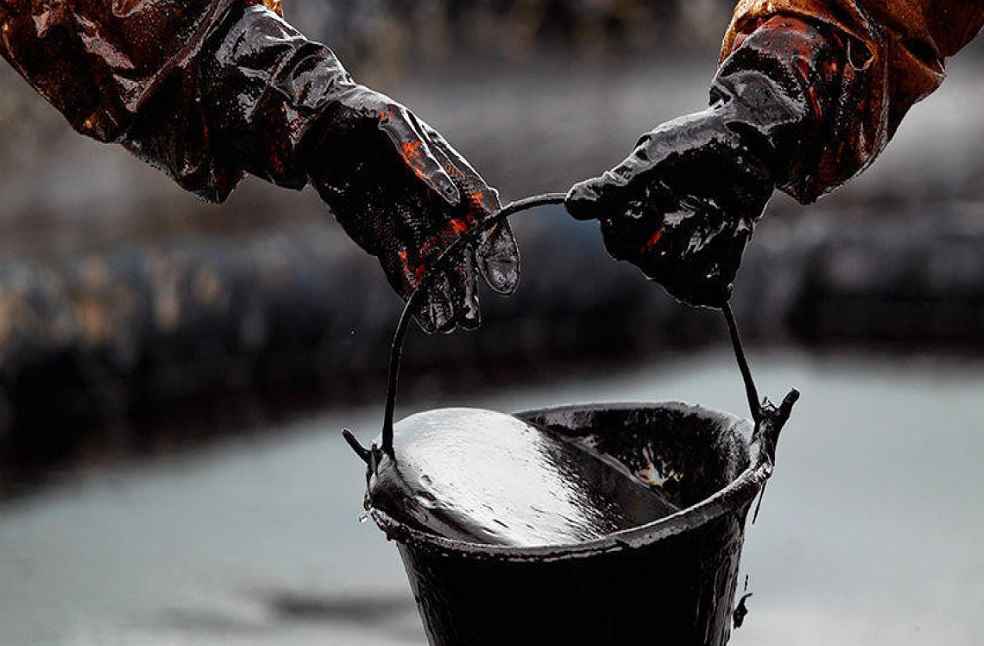The United States articulated a steadfast position on Thursday, labeling the prospect of unrestricted Russian oil commerce as categorically unacceptable, underscoring the essential nature of maintaining the Western-imposed price ceiling on Moscow’s petroleum exports. This tactic, officials elucidate, is precisely engineered to compel Russia into trading its oil at substantially reduced prices, diverging from potential market rates, without soliciting India to diminish its Russian oil procurements.
During a session hosted by the Ananta Centre, US Assistant Secretary for Economic Policy, Eric Van Nostrand, shed light on the nuanced advantages of the G7 price ceiling mechanism. Conceived as a strategic countermeasure to Russia’s incursion into Ukraine, this cap endeavors not only to sever a critical finance vein for Moscow’s military operations but also to ensure uninterrupted energy flux to Europe and burgeoning markets. Van Nostrand underscored the serendipitous gain for burgeoning economies such as India, beneficiaries of Russian oil’s reduced pricing, a direct offshoot of the cap strategy.

The crux of the price ceiling, as Nostrand delineates, revolves around its dual aims: curtailing Moscow’s petroleum revenues while guaranteeing continuous energy supplies at diminished rates. This strategy, anchored in economic leverage, seeks to truncate Russia’s profit margins without precipitating a global petroleum crisis.
The deployment of the price ceiling in December 2022 marked a pivotal moment in the collective Western response to the Ukrainian crisis, sending a resolute message: unrestricted Russian oil commerce, potent in enriching the Putin regime via price surges, stands intolerable. Nostrand candidly navigated the nuanced equilibrium required to forestall a precipitous depletion of Russian oil from the global market, which could amplify price volatility, particularly for economies with substantial energy imports.
Contrary to initial skepticism, the cap’s efficacy over the past year has buoyed the US and its allies. This tangible impact, illustrated through a marked 40 percent diminution in Russia’s oil tax revenue for the first nine months of 2023 relative to the preceding year, not only vindicates the practicality of the price ceiling but also its pivotal role in obliterating a significant financial conduit for Putin’s military apparatus.

Confronted with these economic countermeasures, Russia’s tactical pivot towards establishing an alternative maritime infrastructure, colloquially dubbed the ‘shadow fleet,’ signifies its sanction adaptability. Anna Morris, Acting Assistant Secretary for Terrorist Financing, illuminated Russia’s strategic investments in a constellation of ships, insurers, and service providers characterized by nebulous ownership structures. Such strategic diversions, while broadening Russia’s sanction evasion repertoire, inadvertently reallocate resources from military expenditure to logistical and infrastructural fortitude.
The dialogue between US officials and India emerges as a critical juncture, reevaluating the intricacies of the global energy market amid prevailing geopolitical frictions. This ongoing discourse reflects a shared recognition of the Russian oil commerce’s complex challenges, emblematic of a collective endeavor towards stability, economic security, and unwavering commitment to the tenets of international law and order.
IMEX SECTOR | Pak Launches Trade Corridor, First Potato Shipment to Tajik Opens New Avenues



